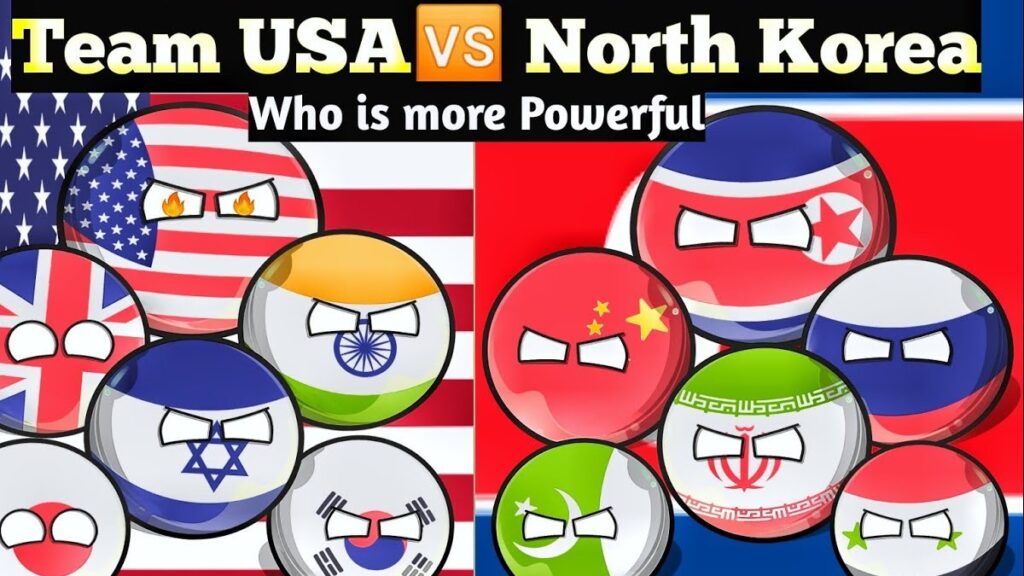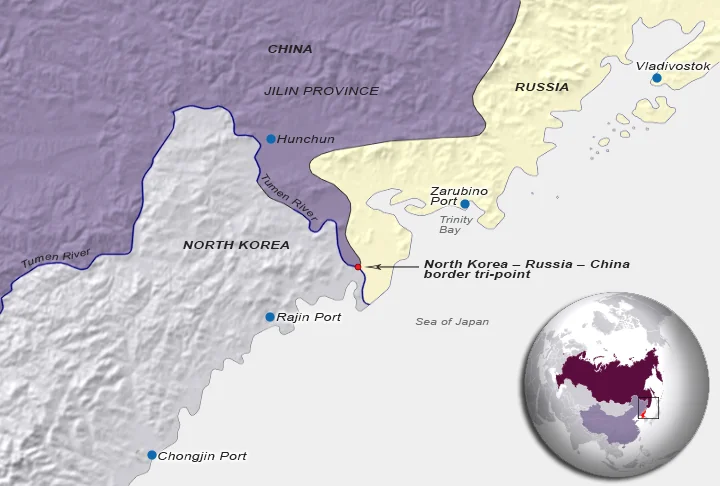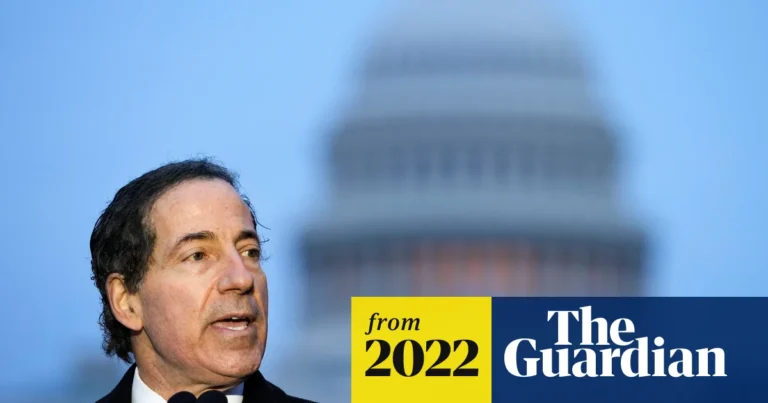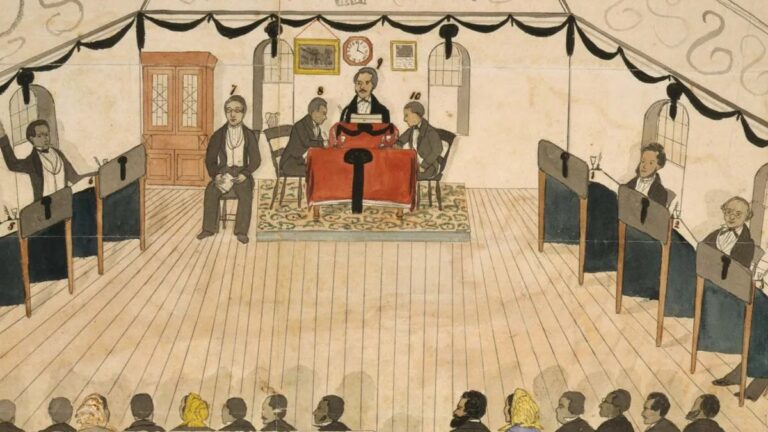
Does North Korea Touch Russia? The Weird Little Border Hardly Anyone Talks About

So, here’s the thing: when people start rattling off North Korea’s neighbors, it’s always South Korea and China, right? But—plot twist—way up in the far northeast is this almost comically tiny border with Russia. We’re talking 17 kilometers (yeah, like a morning jog if you’re feeling ambitious). But don’t let the size fool you; this sliver of land stirs up way more drama than you’d expect for its size.
Let’s get into the geography, a bit of history, why this border even matters, and what’s going on there today. Spoiler: It’s not a bustling tourist hotspot.
Where Exactly Do Russia and North Korea Meet? (…And Why?!)
Here’s the geography lowdown: The Tumen River slices out the border between Russia and North Korea. This same river also helps carve out North Korea’s border with China. So, if you’re imagining some big buffer zone, forget it. It’s Russia, China, and North Korea practically elbowing each other for space.
Here’s the breakdown:
- China: Whopping 1,352 km border
- South Korea: About 237 km
- Russia: Just 17 km (seriously, you could walk it in an afternoon if the guards didn’t shoot you)
The exact crossing? North Hamgyong Province (NK) meets Russia’s Primorsky Krai. If you squint at the map, you’ll see China, Russia, and North Korea almost touching at the same spot. Oh, and fun trivia—there’s only one way across: the Korea–Russia Friendship Bridge. The name’s cute, but the vibe? Not so warm and fuzzy.
A Quick and Dirty History of This Odd Border
Back in the 1800s, when empires were busy drawing lines on maps, the Treaty of Beijing (1860) handed Russia some real estate on the Sea of Japan. Fast-forward to 1945: WWII ends, the Korean peninsula gets split, and suddenly there’s a Soviet zone which eventually turns into North Korea.
Pic Credit: Newsweek

https://journals.openedition.org/chinaperspectives/806
After WWII, the USSR pretty much built North Korea’s government, and the two were thick as thieves during the Cold War. Border area? Used for moving troops and trade. But once the Soviet Union folded, that bromance cooled off real quick.
The Friendship Bridge (No, You Can’t Drive Across)
Let’s talk about this bridge. Built in 1959, it’s the only land link between the two countries. Connects Tumangang Station (NK) to Khasan Station (Russia). Cars? Forget it. This is rail-only territory—think freight trains lugging fuel and the occasional North Korean shipment of, I don’t know, crabs or coal. Don’t expect a traffic jam.
Trade: Mighty Quiet, But Symbolic
Russia isn’t North Korea’s main trading buddy (China’s got that locked down). But they do swap a few things—coal, energy, and sometimes North Korean labor (which, let’s be real, is dodgy under UN rules). Sanctions have put a big damper on most of this. Russia likes to play it cool—publicly following the rules, but nobody’s really sure what’s happening behind the scenes.
Pic Credit: Reddit

Military and Strategic Shenanigans
So, why does this baby border matter? Well, even though it’s tiny, it’s a strategic wildcard. Military surveillance is heavy, and if things ever go sideways for North Korea, this border could be a lifeline—or a backdoor. Russia loves to keep its options open, using the border as a bargaining chip when dealing with the U.S. and NATO. Classic.
Life on the Edge (Literally)
Don’t expect much action here. On the Russian side, Khasan is a sleepy little town (less than a thousand people, probably bored out of their minds). On the North Korean side? Tumangang is basically a checkpoint with guards and fences—think less “village,” more “do-not-enter” sign.
Crossing this border? You’d have better luck winning the lottery. Armed guards, fences, cameras, the works. North Korea isn’t exactly rolling out the welcome mat.
So yeah, North Korea does touch Russia. Barely. But that sliver of land? It’s got a story way bigger than its footprint.





